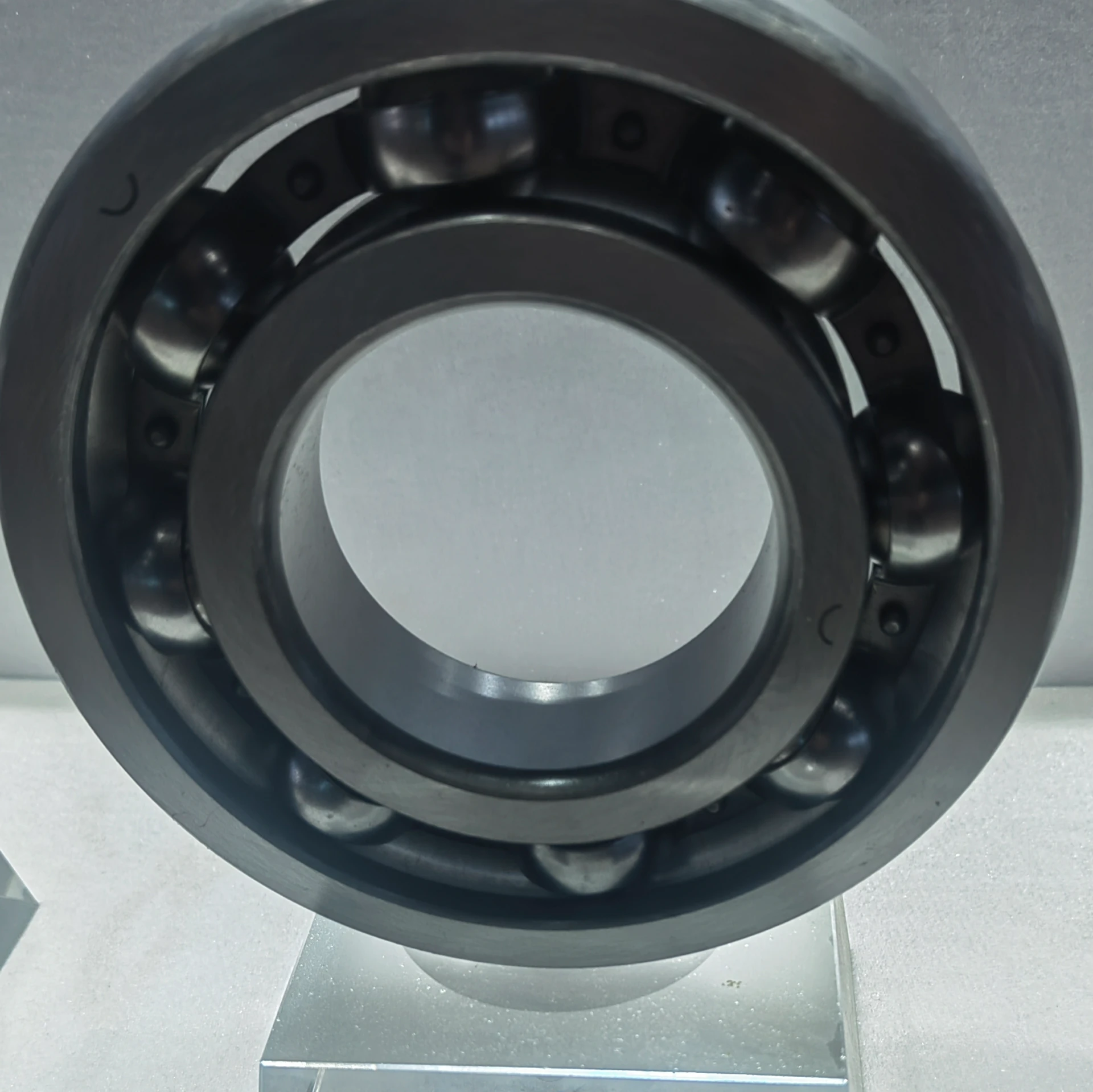
Nov . 25, 2024 19:58 Back to list
cylindrical roller bearing specifications
Understanding Cylindrical Roller Bearing Specifications
Cylindrical roller bearings are critical components in various machinery and industrial applications, often responsible for supporting heavy loads and facilitating smooth rotational movement. These bearings come in various specifications tailored to meet specific functional requirements. In this article, we will delve into the fundamental specifications of cylindrical roller bearings, their design variations, and their applications.
Basic Design and Structure
Cylindrical roller bearings feature cylindrical rollers aligned parallel to the axis of the bearing. This design allows them to handle high radial loads due to their line contact with the raceway. Unlike ball bearings, which use spherical elements, cylindrical roller bearings can accommodate larger loads and are better suited for high-speed applications. The essential parts of a cylindrical roller bearing include the inner race, outer race, cylindrical rollers, and cage (or separator).
Key Specifications
Understanding the specifications of cylindrical roller bearings is crucial for selecting the appropriate bearing for a specific application. Here are the primary specifications to consider
1. Dimensions The size of a cylindrical roller bearing is denoted by its internal (ID) and external (OD) diameters, as well as the width (W). These dimensions are critical when determining the bearing's fit within the machinery.
2. Load Ratings The dynamic and static load ratings indicate the maximum loads that a bearing can sustain under various conditions. The dynamic load rating (C) corresponds to the load that can be applied when the bearing rotates, while the static load rating (C0) applies to situations where the bearing is under load but not rotating.
3. Number of Rollers The number of rollers in the bearing impacts its load-carrying capacity and stiffness. More rollers generally lead to higher load capacities but may also increase friction.
4. Internal Clearance This specification defines the amount of space within the bearing when it's at rest. Internal clearance is crucial for ensuring optimal performance under load, as insufficient clearance can lead to overheating and premature wear.
5. Material The materials used in cylindrical roller bearings often include high-carbon chromium steel, stainless steel, or ceramic. The choice of material affects the bearing's durability, resistance to corrosion, and operating temperature limits.
cylindrical roller bearing specifications

6. Surface Finish and Hardness The surface finish of the races and rollers, along with their hardness, significantly influences the bearing’s performance. A smoother surface reduces friction and wear, while higher hardness enhances load-carrying capacity.
7. Assembly Design Bearings can be designed with various assembly options, such as separable or non-separable. Separable bearings allow for easy assembly and disassembly, which is beneficial for maintenance and replacement.
8. Operating Temperature Each bearing type is rated for specific operating temperature ranges. When selecting a bearing, it’s essential to consider the application's environmental conditions to ensure reliable performance.
Applications
Cylindrical roller bearings are widely used in numerous applications across industries. They are commonly found in
- Automotive In vehicles, these bearings support engine components, transmissions, and wheel hubs, providing efficiency and durability under dynamic conditions. - Industrial Machinery Used in gearboxes, pumps, and conveyor systems, cylindrical roller bearings are crucial in industrial settings where high loads and speeds are prevalent.
- Aerospace These bearings help in ensuring the reliability of components in airplanes and other aerospace applications, where failure is not an option.
- Mining and Construction In heavy machinery and equipment, cylindrical roller bearings are essential for handling the severe operating conditions and heavy loads encountered in these industries.
Conclusion
Selecting the right cylindrical roller bearing involves a comprehensive understanding of its specifications and the application's demands. By considering factors such as load ratings, dimensions, material properties, and operating conditions, engineers can choose bearings that ensure optimal performance and reliability. As technology advances, cylindrical roller bearings continue to evolve, incorporating new materials and design improvements that enhance their functionality in various applications. When designed and chosen correctly, these bearings significantly contribute to the efficiency and longevity of machinery.
Latest news
-
Durable Greenhouse Pillow Block Bearings for Reliable Ventilation
NewsAug.31,2025
-
Spherical Roller Bearings Applications: Heavy Duty, Self-Aligning
NewsAug.30,2025
-
Premium Deep Groove Ball Bearings | High Speed & Reliability
NewsAug.29,2025
-
Durable Scaffolding Clamps - Secure & Reliable Tube Connectors
NewsAug.28,2025
-
Common Failures in Thrust Ball Bearings and Solutions
NewsAug.22,2025
-
How Tapered Roller Bearings Can Take Shock Loads
NewsAug.22,2025
